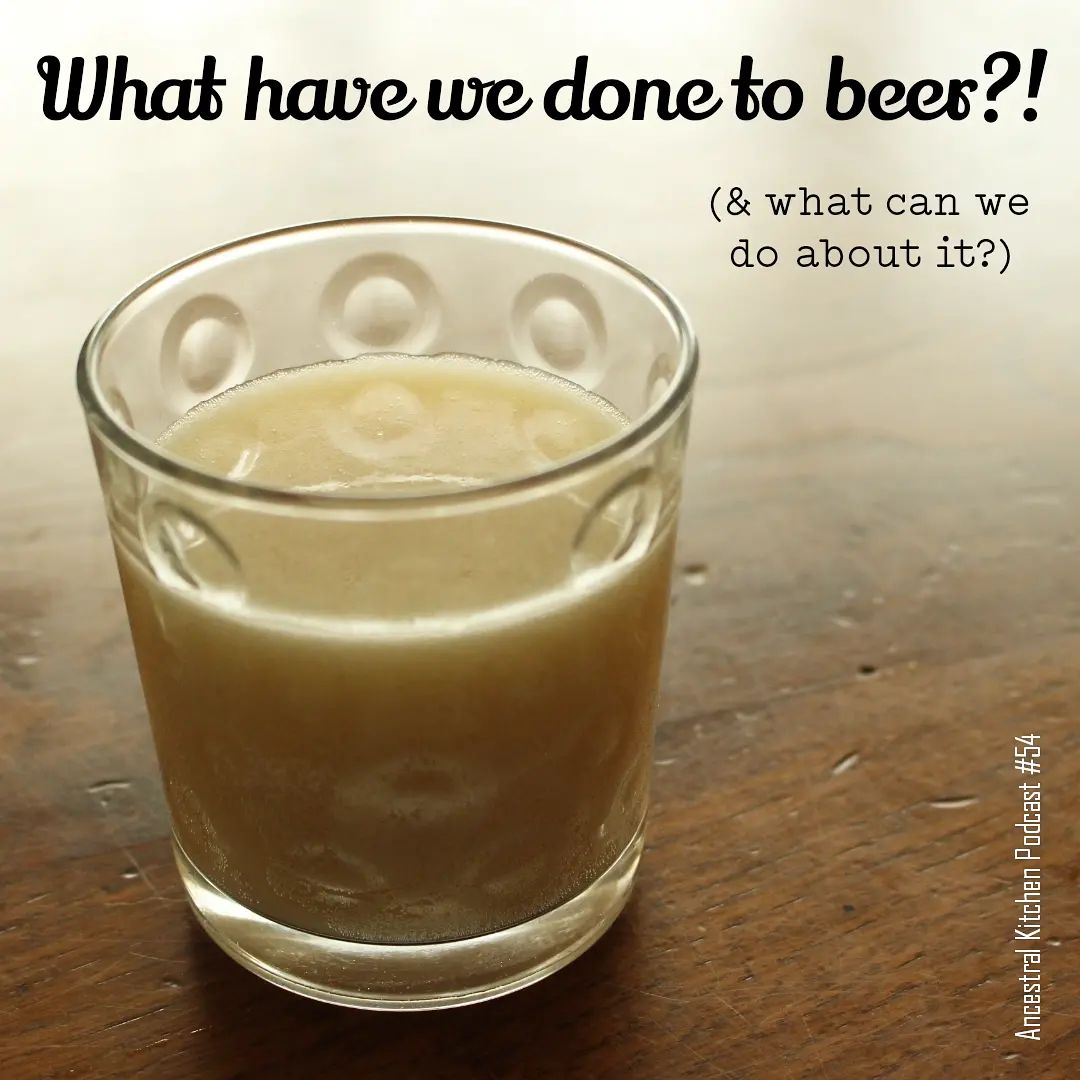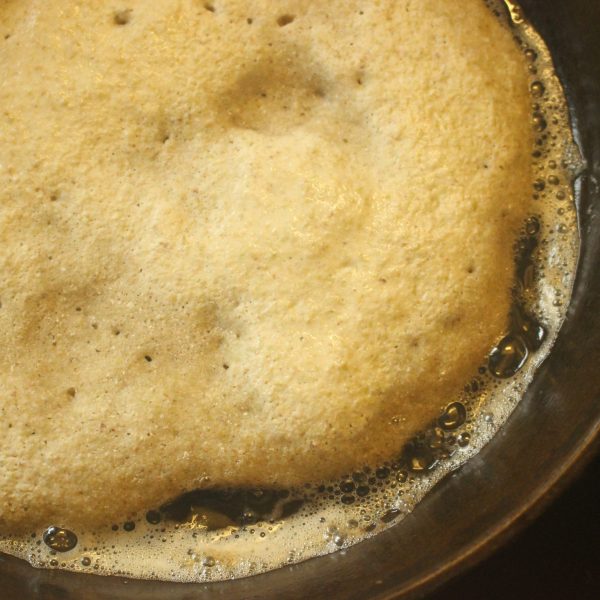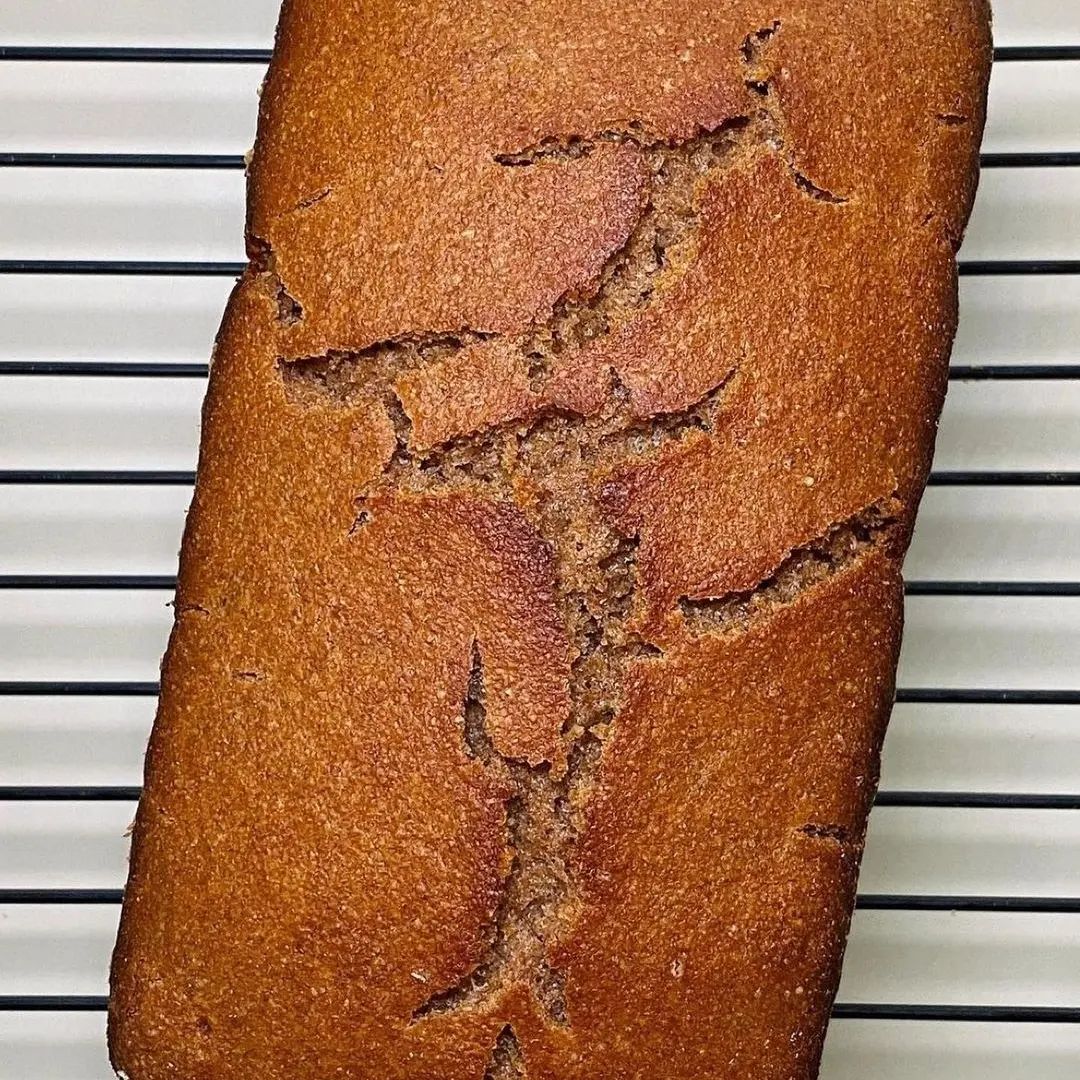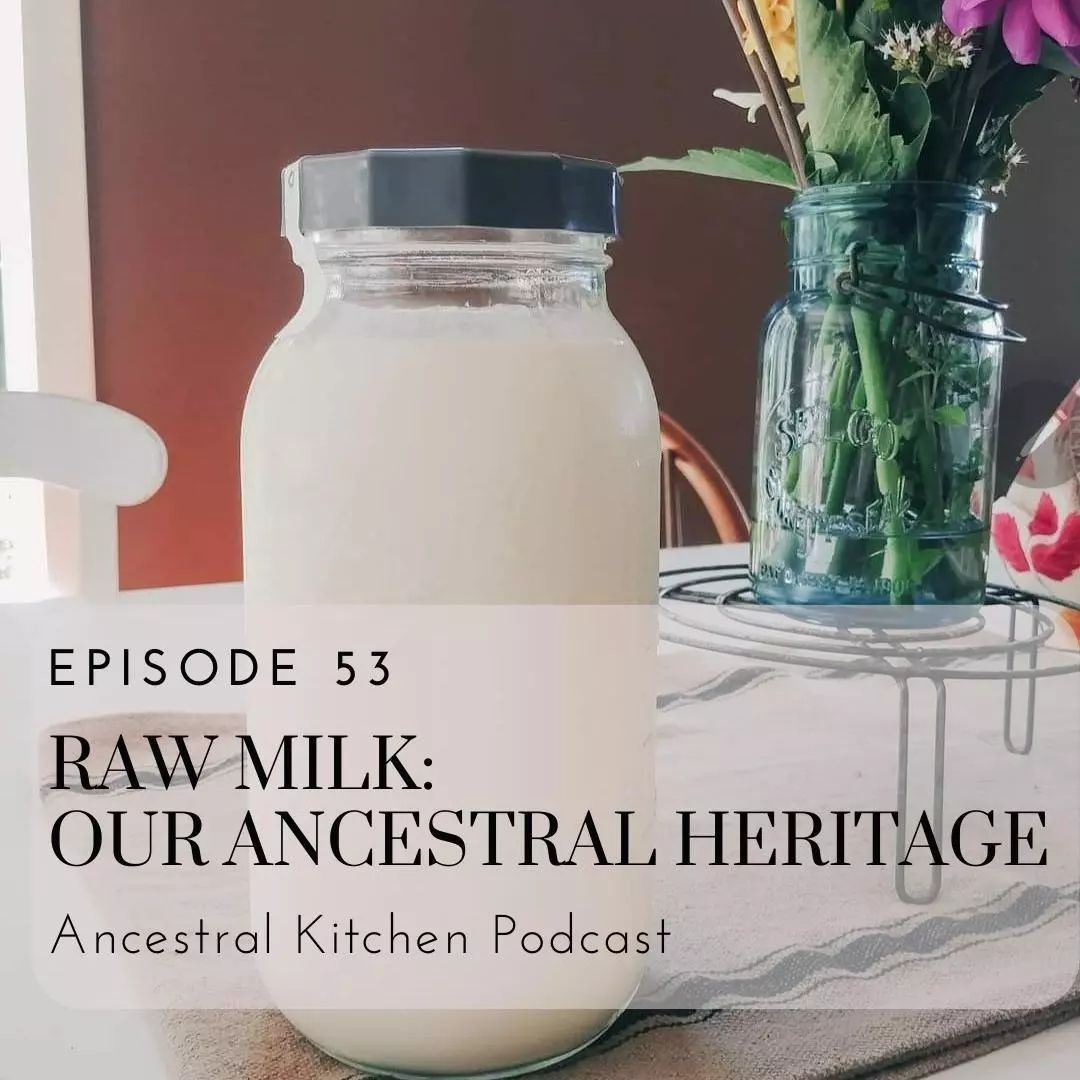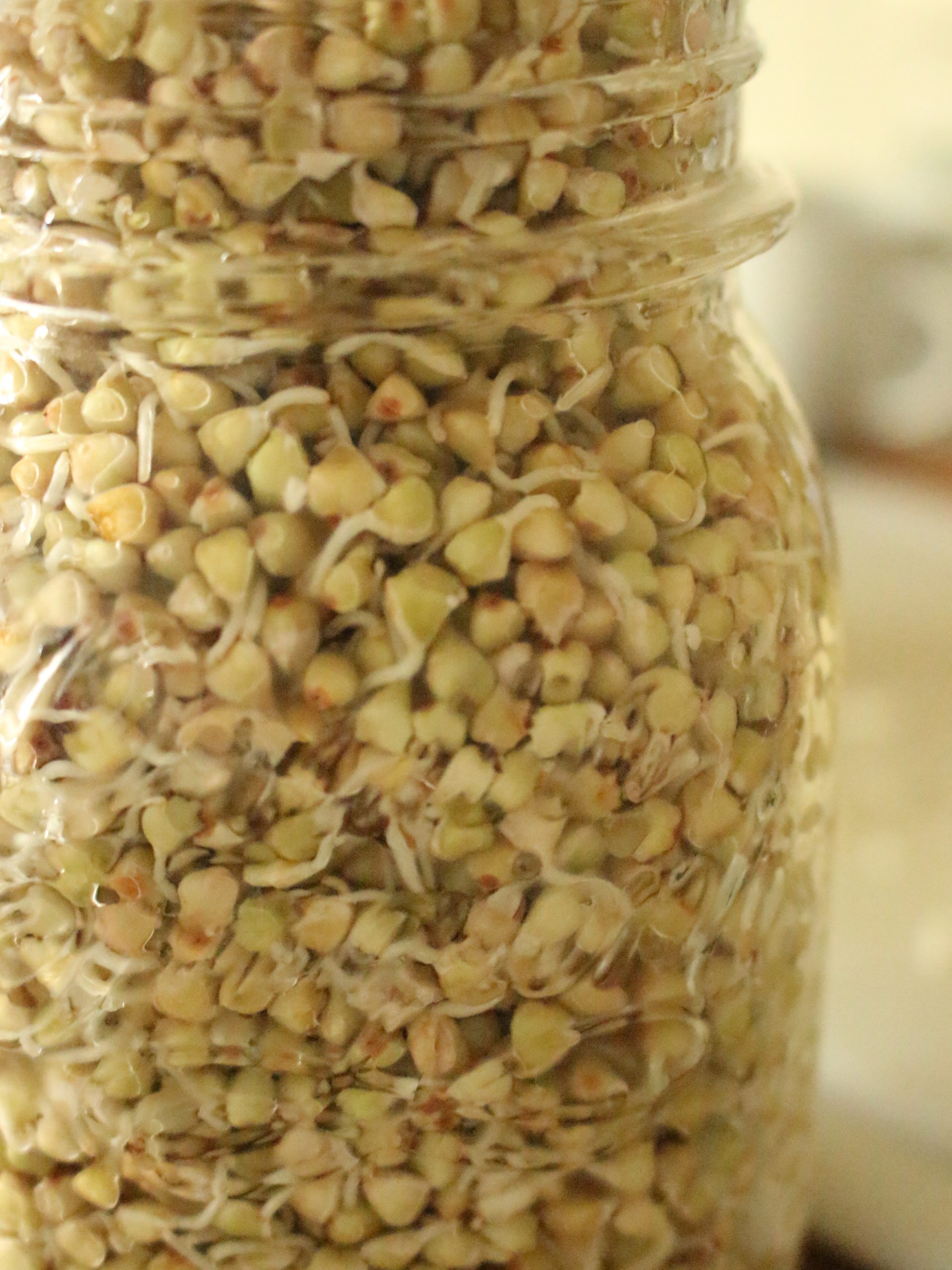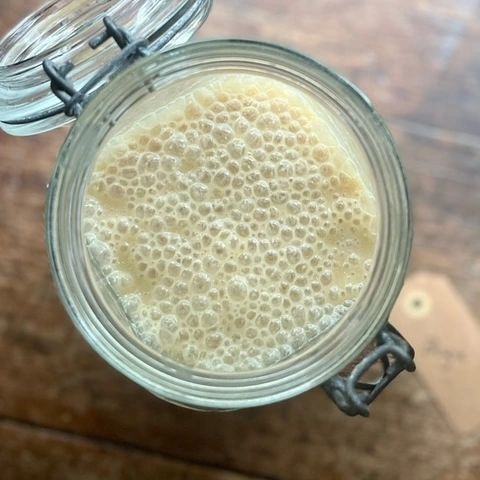Up to 2 years ago, when I thought of beer, I thought ‘bitter’ and ‘it’s a man thing’. . So when I started researching historical brewing I was floored to find out that, for most of history, in most of the world, women have been the brewers. . Add to that the fact that the brews my ancestors in England would have made in their kitchens (yes, kitchens!) was sweet, not bitter and I realised that everything that I thought I knew about beer was wrong. . If you’re curious, listen to today’s @ancestralkitchenpodcast. In it, I share much of what I’ve both learnt and experimented with the last two years. . I’d love your feedback on this episode! Tell me what you knew, didn’t know, what surprised you the most and how you feel after hearing what @farmandhearth and I share :-)
Up to 2 years ago, when I thought of beer, I thought ‘bitter’ and ‘it’s a man thing’.
.
So when I started researching historical brewing I was floored to find out that, for most of history, in most of the world, women have been the brewers.
.
Add to that the fact that the brews my ancestors in England would have made in their kitchens (yes, kitchens!) was sweet, not bitter and I realised that everything that I thought I knew about beer was wrong.
.
If you’re curious, listen to today’s @ancestralkitchenpodcast. In it, I share much of what I’ve both learnt and experimented with the last two years.
.
I’d love your feedback on this episode! Tell me what you knew, didn’t know, what surprised you the most and how you feel after hearing what @farmandhearth and I share 🙂


